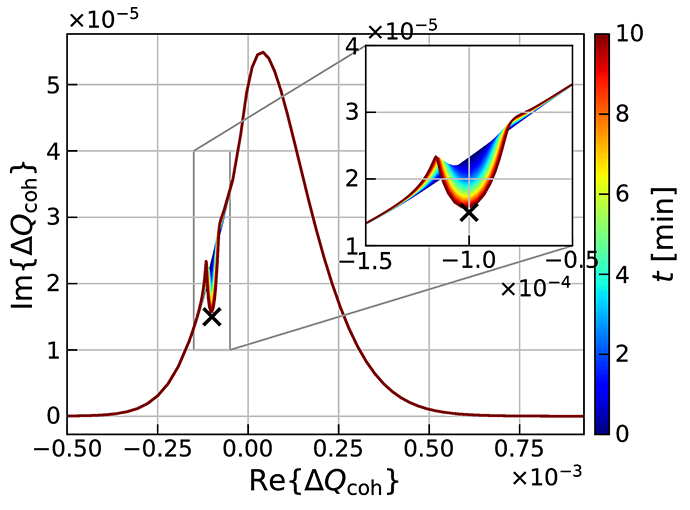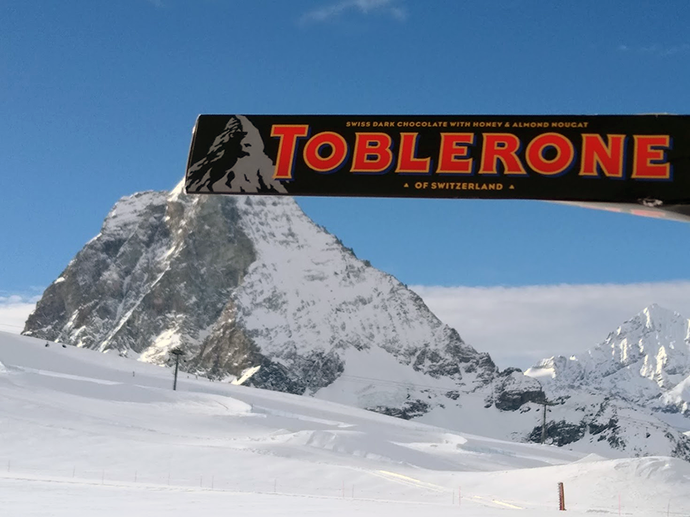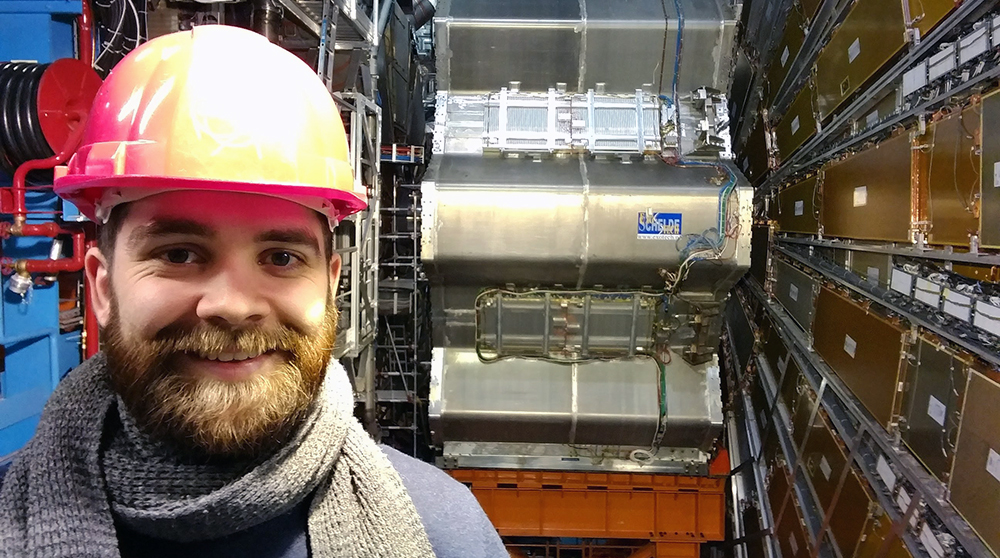- What is your name, your nationality and your educational background?
- My name is Sondre Vik Furuseth. I am from Jar, Norway, a short bike ride from Blindern. After nine years elsewhere, getting my master’s and doctoral degrees, it is nice that fate brought me back to Oslo. I started working at RoCS in August, 2021.
- Where have you studied before and in what field? What are the differences from or similarities to your current project.
- I have a master’s degree from NTNU, Trondheim, with an exchange to MIT, Boston. My doctorate is from EPFL, Lausanne (the “french speaking ETH”). In both cases, I did most of my research at CERN, Geneva, within beam and accelerator physics.
My M.Sc. was on beam-beam interactions in hadron colliders and my Ph.D. was on beam quality and loss of Landau damping in the Large Hadron Collider (LHC) and potential future large accelerators. My most important finding was the drilling of a hole with time in the stability diagram, seen in one of the photos, eventually leading to an instability. Prior to this work, beam stability had been considered constant - what had once been stable would continue to be stable. That was not the case.
The particle beam in the LHC is a highly collimated and charged plasma, quite unlike the plasma in the Sun, but many of the equations are surprisingly similar. That versatility is one of the beauties of physics. Nevertheless, the main relevance of my previous work to what I do at ITA is my experience with HPC. Having simulated the “Whole LHC” in my Ph.D., it will be exciting to attempt simulating the whole Sun.

- What are you going to study?
- I am interested in the active Sun, and hope, through complex simulations, to improve the understanding of active regions, magnetic reconnection, and accelerated particles. I am part of the Whole Sun project (RoCS website), a collaboration between experts on different parts of the Sun. One of the projects I am working on is magnetic reconnection in potentially eruptive regions. Historically, this has been done with a focus on the solar atmosphere. I will include a more realistic treatment of the outermost layer of the solar interior.
- How do you plan to answer to the main question?
On this project, I will mainly work on simulations in Bifrost.
- What brought you to Oslo? Why ITA/ RoCS/ Norway in general?
- So many things! I have had an eye on RoCS since 2017, and knew I wanted to join at some point. This is due to the topic, the Sun, due to the numerical expertise here, and also due to the large and excellent scientific community.
I also knew that I wanted to teach and potentially supervise, so I wanted to go somewhere where I believed I could be trusted enough to do that. However, I would be lying if I did not say that my first nephew, born one year prior to my starting here, had a significant pull on me.
- How can you describe your experience here at ITA and in Oslo so far?
- I expected to meet scientifically excellent people. What I could not have predicted, is how nice everyone is. After a couple of years in the south, I am also thrilled to once more experience cold winters, even if they are not as cold as they used to be…
- What do you expect from this experience at ITA?
- I expect to learn a lot, figure out if I want to continue pursuing a career in academia, do first-class research, and have many joyous experiences along the way.

- What do you like to do in your spare time?
- American football, handball, skiing, chopping wood, baking, knitting, reading, spending time with loved ones, and being in the mountains, forests, or waters, somewhere. A bit of everything.
